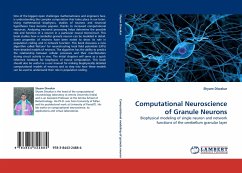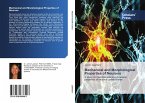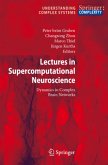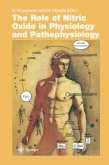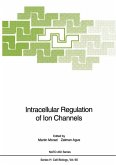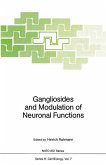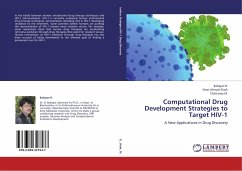One of the biggest open challenges mathematicians and engineers face, is understanding the complex computation that takes place in our brain. Using mathematical biophysics, studies of neurons and neuronal hypotheses have become popular, thanks to increased computational resources. Analyzing neuronal processing helps determine the possible role and function of a neuron in a particular neural microcircuit. This book studies how a cerebellar granule neuron can be modeled in detail. Some properties of neurons have been noted to show its role in population coding and in network function. This book discusses a new algorithm called 'ReConv' for reconstructing local field potentials (LFPs) from detailed models of neurons. The algorithm has the ability to predict the relationship between cellular processes and their manifestation during circuit activity in vivo. The initial chapters will serve as a quick reference textbook for biophysics of neural computation. This book should also be useful as a user manual for making biophysically detailed computational models of neurons and as step into how these models can be used to understand their role in population coding.
Bitte wählen Sie Ihr Anliegen aus.
Rechnungen
Retourenschein anfordern
Bestellstatus
Storno

